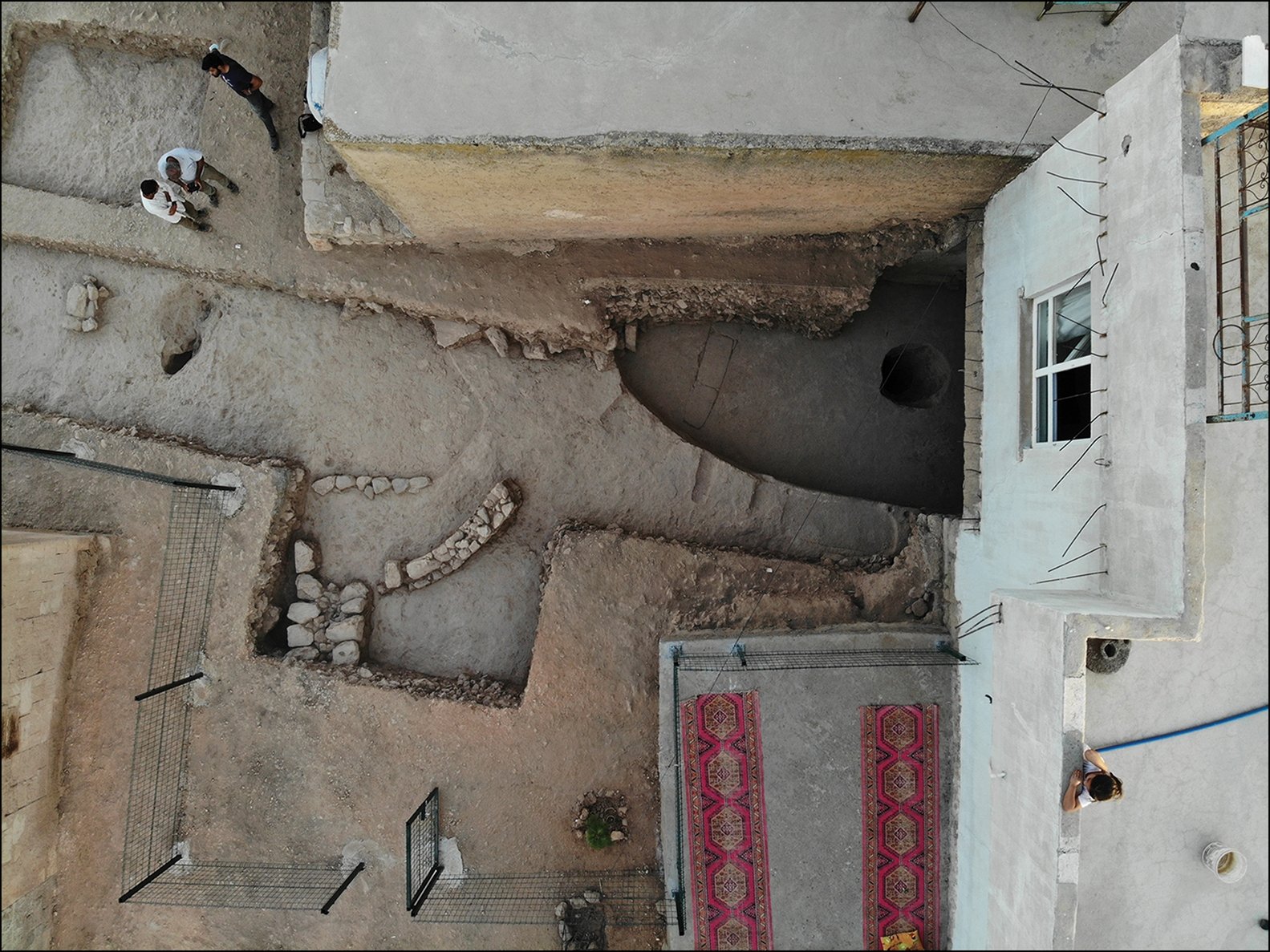© Turkuvaz Haberleşme ve Yayıncılık 2025
An 11,000-year-old wall relief, located near Şanlıurfa's famous Göbeklitepe in southeastern Türkiye, constitutes the earliest known depiction of a narrative "scene" and reflects the complex relationship between humans, the natural world and the animal life that surrounded them during the transition to a sedentary lifestyle, new research revealed recently.
The ancient wall carving depicts five figures: Two humans, a bull and two leopards.
Eylem Özdoğan, the author of the study published in the scientific journal Antiquity, stated that there is very little information about the civilization that made this relief.
"The communities living in this region share a common cultural environment. They certainly communicate with each other and share innovations, social ideology and a common culture," Özdoğan, an archaeologist at Istanbul University, said in a statement to Gizmodo.

According to the news of Independent Turkish, radiocarbon dating studies of samples taken from the region continue, but researchers believe that these reliefs were made around 9,000 B.C.
That is due to the fact that the relief was found in the ancient city of Sayburç in Şanlıurfa. Sayburç was founded in 9,000 B.C. when hunter-gatherers switched to agriculture and settled life.
In 1949, most of the ancient city of Sayburç was open to settlement. However, excavations that began last year unearthed a Neolithic structure in the city. As the archaeological value of the city was revealed, some modern structures are planned to be demolished. So far, only half of the historic texture has been unearthed.

It is stated that the newly discovered relief is one of the oldest narrative works in archaeology. A 44,000-year-old pig painting, discovered in Indonesia in 2021, is the oldest known work of figurative art. However, there was no scene depiction in that work.
According to Özdoğan, the figures in Sayburç depict two scenes. The first tells the story of a man and a bull, and the other is of a man surrounded by two leopards. Both people are men.
It is striking that the dangerous features of the figures in the work, which covers an area of approximately 3.7 meters (12.1 feet), are also emphasized.
It is not known what exactly was once the intended meaning or message of the relief, in which the teeth of leopards and horns of bulls are highlighted.
